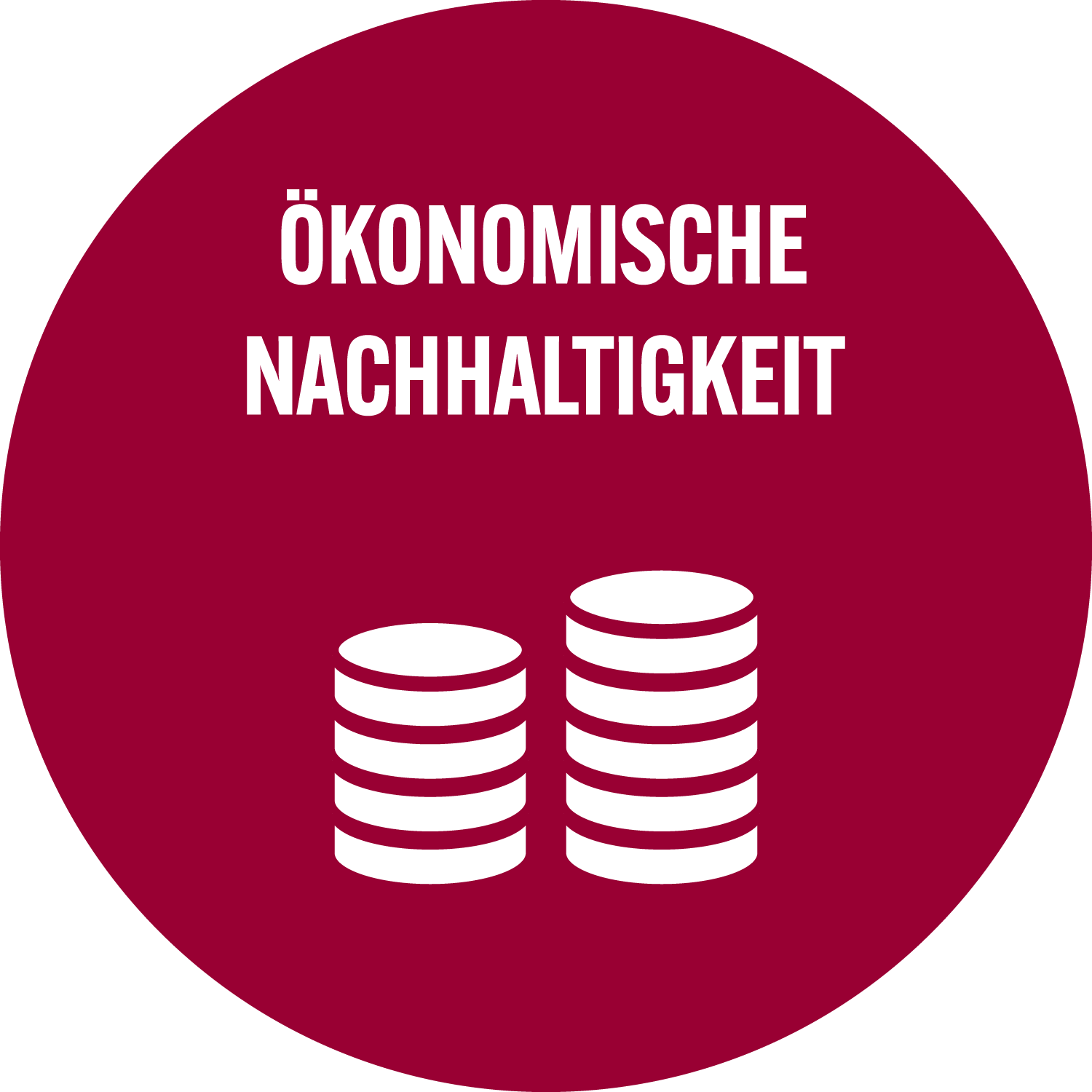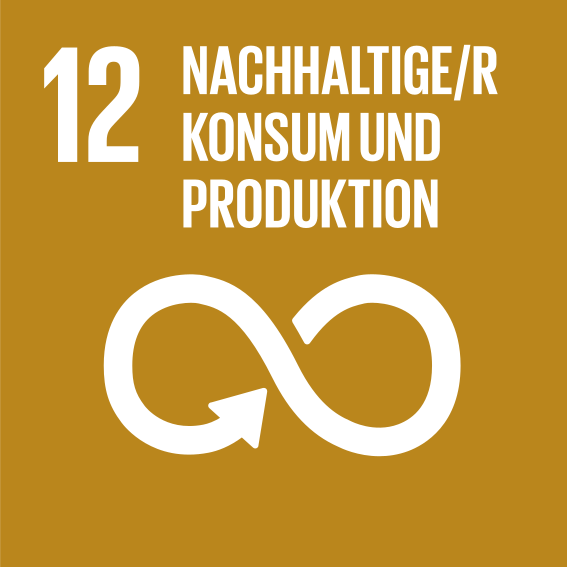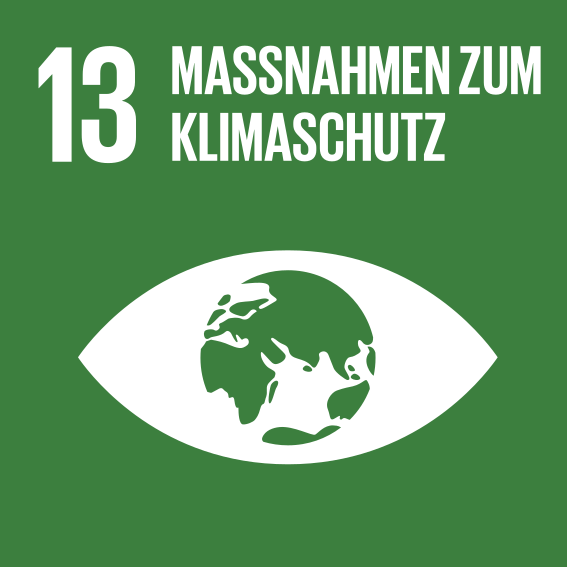|
Heidelberg materials: Assessing product carbon footprintsLandaverde Lorenzo, Teresa ; Liebmann, Patrick ; Meier, Rebecca ; Sutherland, Margot ; Reichelstein, Stefan
BASE:
Landaverde Lorenzo, Teresa
;
Liebmann, Patrick
;
Meier, Rebecca
;
Sutherland, Margot
;
Reichelstein, Stefan
Google Scholar: Landaverde Lorenzo, Teresa ; Liebmann, Patrick ; Meier, Rebecca ; Sutherland, Margot ; Reichelstein, Stefan
|
 |
Eintrag anzeigen |






 Suche Autoren in
Suche Autoren in